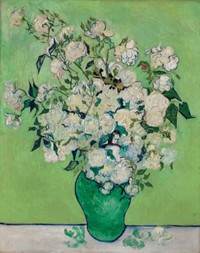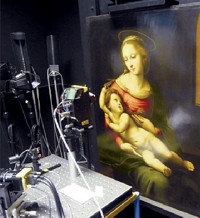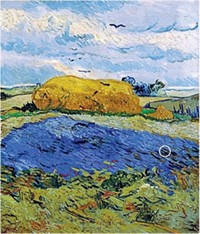Advertisement
Grab your lab coat. Let's get started
Welcome!
Welcome!
Create an account below to get 6 C&EN articles per month, receive newsletters and more - all free.
It seems this is your first time logging in online. Please enter the following information to continue.
As an ACS member you automatically get access to this site. All we need is few more details to create your reading experience.
Not you? Sign in with a different account.
Not you? Sign in with a different account.
ERROR 1
ERROR 1
ERROR 2
ERROR 2
ERROR 2
ERROR 2
ERROR 2
Password and Confirm password must match.
If you have an ACS member number, please enter it here so we can link this account to your membership. (optional)
ERROR 2
ACS values your privacy. By submitting your information, you are gaining access to C&EN and subscribing to our weekly newsletter. We use the information you provide to make your reading experience better, and we will never sell your data to third party members.
Art & Artifacts
Chemical studies reveal what’s making The Scream lose some of its vibrant color and how to prevent further degradation
Moisture and chloride compounds are causing cadmium-based yellow pigment in Edvard Munch’s masterpiece to turn off-white and flake
by Bethany Halford
May 15, 2020
| A version of this story appeared in
Volume 98, Issue 19
Edvard Munch’s The Scream, a depiction of existential anguish, has been lauded as an icon of modern art and imitated in movies, masks, and emojis. But the version of this masterpiece Munch painted around 1910 now has elicited screams from art conservators, who have noted that spots on the painting that were once a vibrant yellow have turned off-white and started to flake in places. This has kept the painting largely out of the public eye in an effort to prevent further degradation.
Now, an international team led by Costanza Miliani and Letizia Monico of the Italian National Research Council reports that moisture combined with chloride compounds in the paint are causing the discoloration and flaking by oxidizing cadmium sulfide in the cadmium-yellow paint to CdSO4. The researchers also discovered that light does not play a role in the decay process (Sci. Adv. 2020, DOI: 10.1126/sciadv.aay3514).
The team used noninvasive methods, such as macro-X-ray fluorescence, FT-IR spectroscopy, ultraviolet–visible-near infrared reflection, and fluorescence spectroscopy to study the painting. They also used synchrotron-radiation X-ray microspectroscopy to study a tiny sample of paint from The Scream as well as artificially aged mock-ups made with one of Munch’s old tubes of cadmium yellow.
The degradation “depends both on the composition of the paint and on the history of the painting itself,” such as its environmental conditions or previous conservation and restoration efforts, Monico says. This version of The Scream was stolen in 2004 and recovered in 2006. It’s likely that it wasn’t kept in a closely controlled environment for those 2 years, which may have hastened its degradation.
Upon its recovery in 2006, the Munch Museum in Oslo kept the painting in the dark most of the time, Miliani says. “With our research, we can give the right conditions to the conservators to display the painting.”
“This research adds a valuable piece of information to the current research on the degradation of cadmium-yellow paints,” says Daniela Comelli, an optical spectroscopist at the Polytechnic University of Milan who has studied CdS paint degradation but was not involved in this work. “We have not arrived to the conclusive explanation, but—step by step—we are approaching it.”
Aaron N. Shugar, a chemist who studies art conservation at SUNY Buffalo State College says this research project gives “key insights into not only artists’ intent when creating their masterpieces, but also the mechanisms behind their inevitable degradation. This ultimately provides us with insight into how we may be able to maintain these works of art for future generations to enjoy as much as we do.”





Join the conversation
Contact the reporter
Submit a Letter to the Editor for publication
Engage with us on Twitter